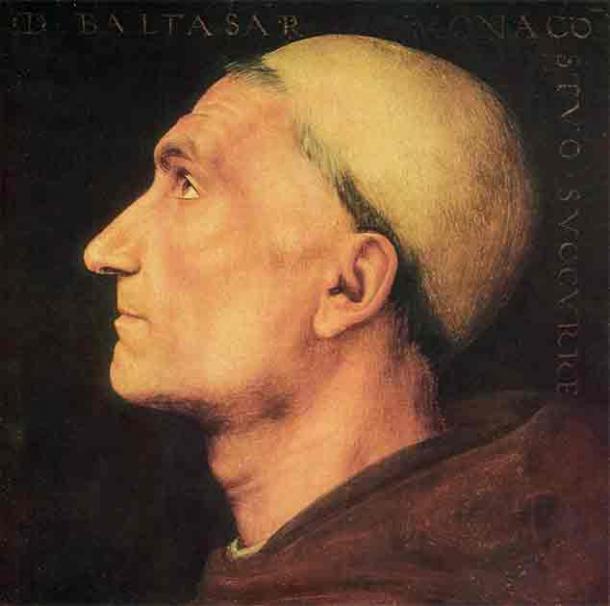Roman Catholic Priests Rocked Seriously Quirky ‘Tonsure’ Hairdos
In the annals of religious history, the Roman Catholic tonsure hairstyle stands out as a peculiar and enduring tradition. From the early centuries of Christianity to its eventual abolition by the Vatican, the tonsure has held profound significance within monastic communities.
The Tonsure as a Symbol of Spiritual Devotion and Humility
The origins of the tonsure hairstyle can be traced back to the early days of monasticism, around the 4th century AD, where it served as a visible symbol of renunciation and dedication to a life of prayer and contemplation. On entering priestly or monastic life, monks would shave the crown of their heads in a circular pattern, symbolizing their willingness to cast aside worldly vanity and embrace humility before God.
It's important to note that the practice of tonsure is not exclusive to Roman Catholicism; various religious traditions, including Eastern Orthodox Christianity, Sikhism, Hinduism and some forms of Buddhism, also incorporate variants of the practice as a symbol of religious devotion and commitment.
Nevertheless, in Roman Catholicism, the circular shape of the tonsure, a style known as a coronal or Roman tonsure, was laden with symbolism, often explained as representing the crown of thorns worn by Jesus Christ during his crucifixion. By adopting this hairstyle, monks sought to emulate the suffering and sacrifice of Christ, pledging themselves to lives of obedience and self-denial.
- US 'Hair Archaeologist' Recreates Elaborate Ancient Hairstyles (Video)
- The Anarchic ‘Mohawk’ Hairstyle Didn’t Come From the Mohawk Tribe

Don Baldassare di Antonio di Angelo with a coronal tonsure hairdo, by Pietro Perugino. (Public domain)
Adaptation and Abolition of the Tonsure Hairstyle
Even the clergy were not exempt from the influence of fashion. As the centuries passed, the tonsure underwent various adaptations within different religious orders. The Pauline tonsure, utilized by the Eastern Orthodox Church, involved the complete shaving of the head. The act of removing all hair was thought to signify a focus on spiritual matters rather than concerns about personal appearance or vanity.
Describing hairstyles as a “battleground,” Vox explained the Celtic tonsure controversy. Described as a triangular tonsure, its use by Celtic Catholics was an outward sign of division and subject of debate within the church. In 664, the King of Northumbria agreed to adopt the Roman Catholic tonsure—effectively banning the Celtic tonsure—as part of a broader effort to consolidate Roman authority and influence in the region.
However, it wasn't until 1972 that the Vatican officially abolished the traditional requirement for clergy to wear the tonsure. This decision reflected a broader effort by the Vatican to adapt to changing cultural norms and practices. In a rapidly modernizing world, the traditional tonsure hairstyle was seen as increasingly outdated and out of step with contemporary sensibilities. Left to the discretion of individual priests, these days it’s extremely rare to see it worn in contemporary religious practice.
Top image: Fresco of a priest sporting a coronal tonsure hairstyle. Source: Public domain

















